Bern Riddle 41: De vento
NEVILLEMOGFORD
Date: Tue 01 Dec 2020Matching Commentaries: Commentary for Bern Riddle 41: De vento
Velox curro nascens grandi virtute sonorus;
Deprimo nam fortes, infirmos adlevo sursum.
Os est mihi nullum, dente nec vulnero quemquam,
Mordeo sed cunctos silvis campisque morantes.
Cernere me quisquam nequit aut nectere vinclis;
Macedo nec Liber vicit nec Hercules umquam.
Growing up, I run swift and loud with great strength;
I push down the strong and I raise up the weak.
I have no mouth and I do not wound anyone with teeth,
but I bite everyone lingering in the fields and forests.
No one can see me nor chain me up.
The Macedonian never defeated me, nor did Liber, nor Hercules.
Notes:
This edition is based on Karl Strecker, ed., Poetae Latini aevi Carolini, Vol. 4.2 (Berlin, MGH/Weidmann, 1923), page 751.
A list of variant readings can be found in Fr. Glorie, ed., Variae collectiones aenigmatum Merovingicae aetatis, Corpus Christianorum, Series Latina 133A (Turnhout: Brepols, 1968), page 587.
Tags: latin Bern Riddles
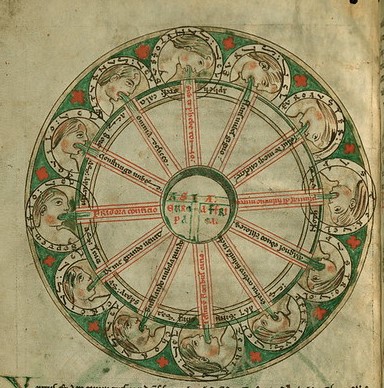

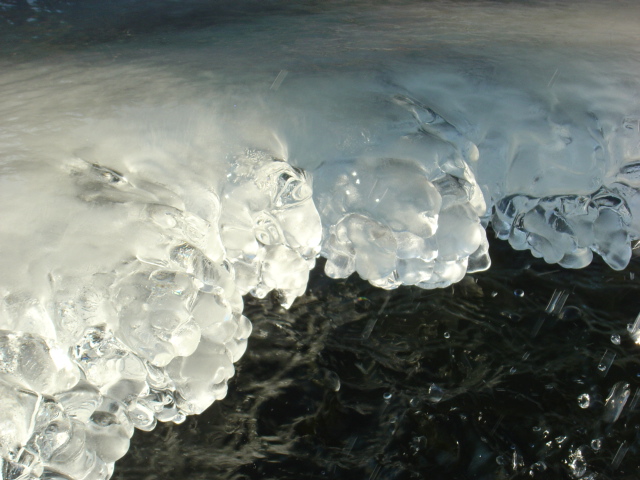
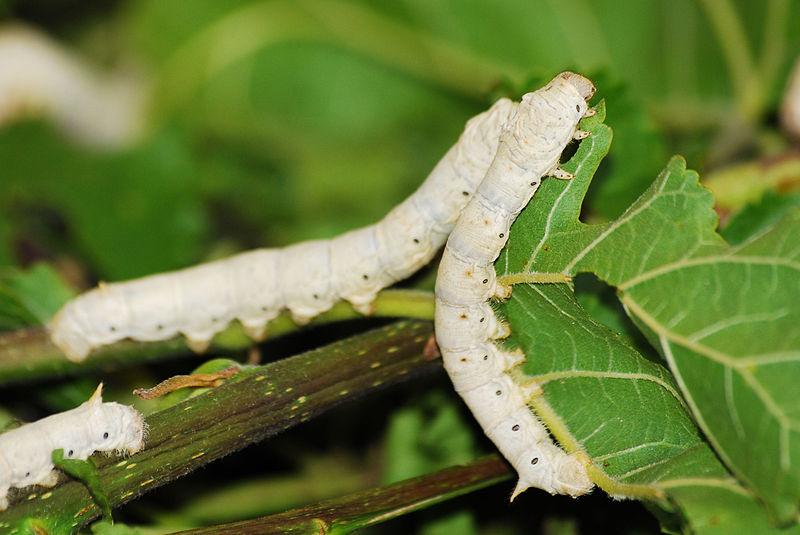
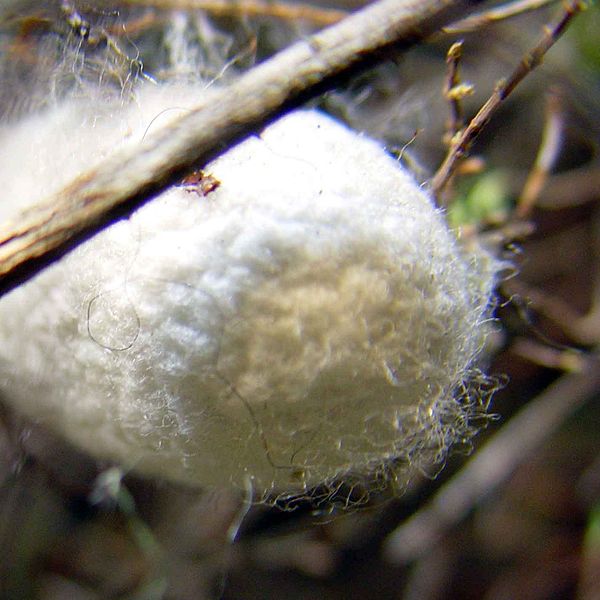
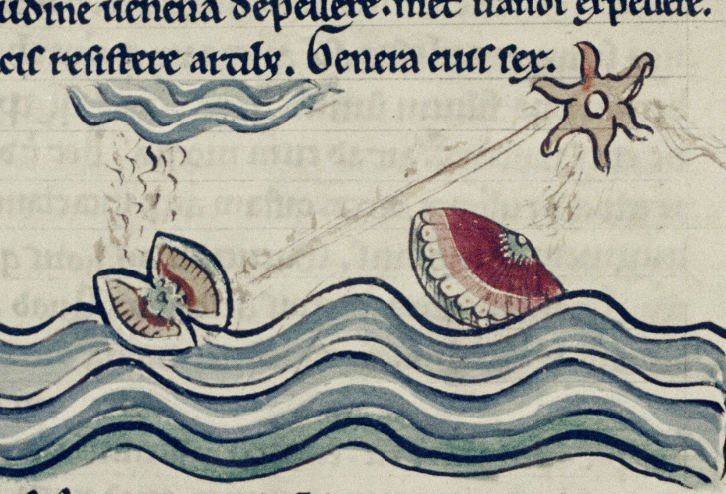


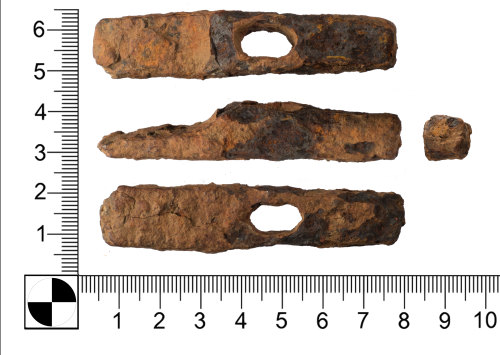

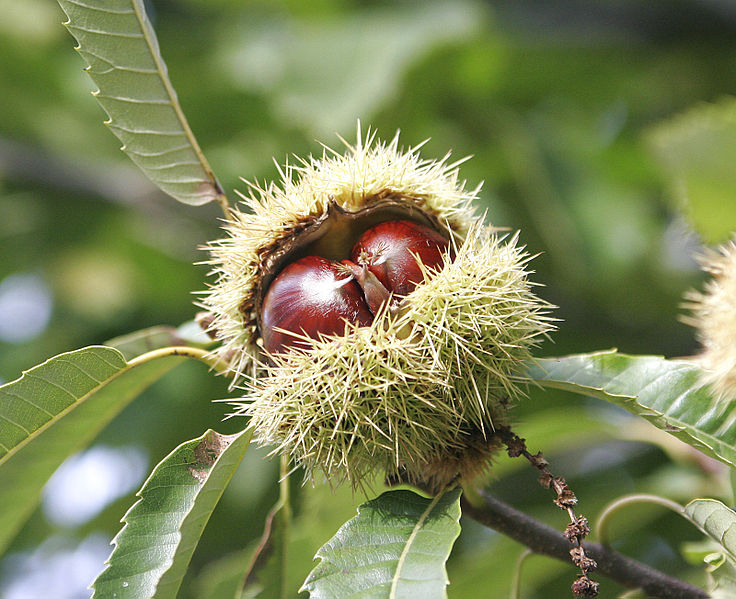
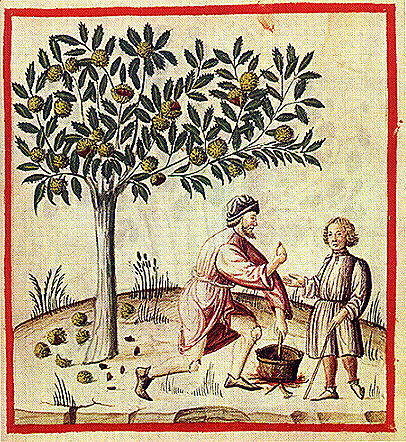
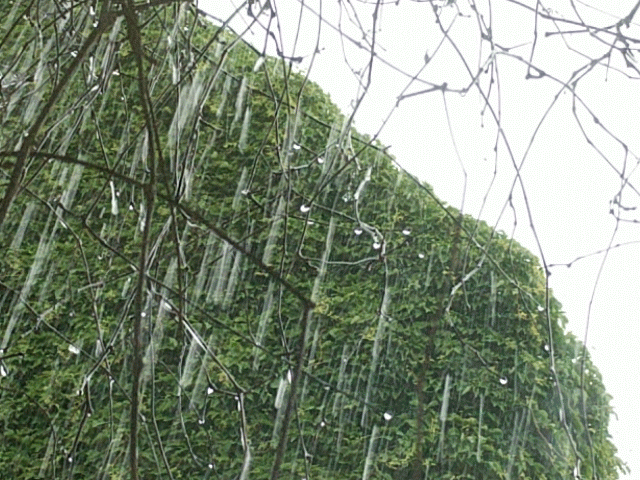

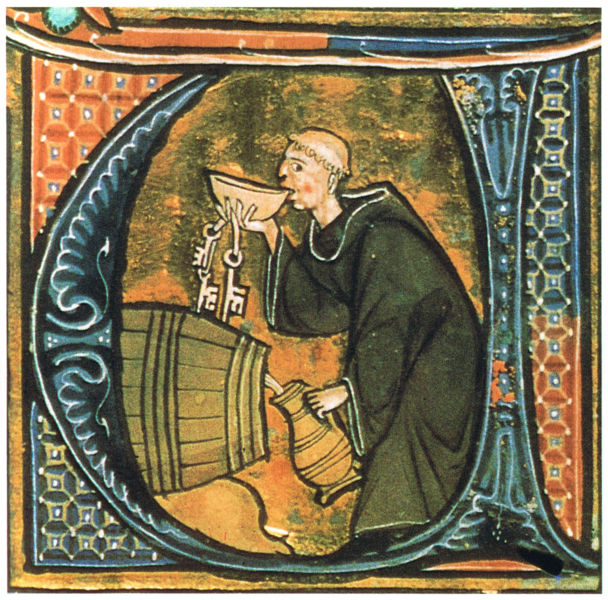
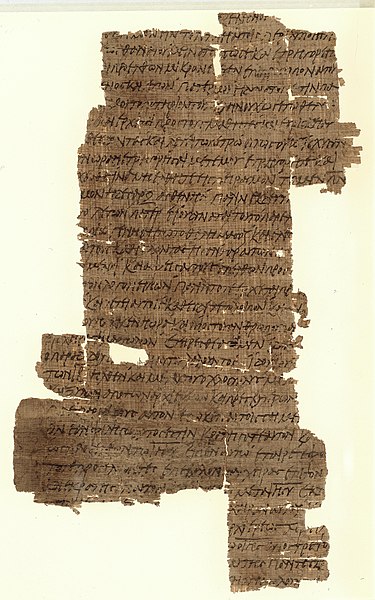
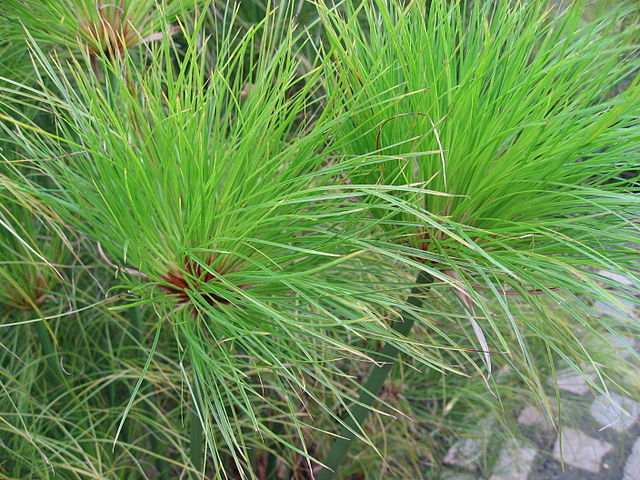

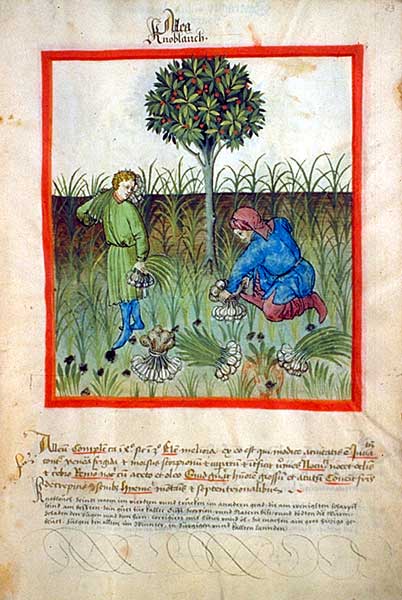
Commentary for Bern Riddle 40: De muscipula
NEVILLEMOGFORD
Date: Wed 17 Feb 2021Matching Riddle: Bern Riddle 40: De muscipula
I have mixed feelings about this riddle about a mousetrap. On the one hand, I think it is a brilliant read. On the other, I like rodents a lot and so I endorse the use of humane mousetraps, which work just as well as lethal ones. I suppose I am a bit like Chaucer’s prioress in the Prologue to The Canterbury Tales, who was said to wepe, if that she saugh a mous / Kaught in a trappe, if it were deed or bledde (“General Prologue,” lines 144-5). According to Mercedes Salvador-Bello, this riddle begins a long section on miscellaneous things, which continues to the end of the riddles (Salvador Bello, page 263).
Mousetraps are an ancient technology and there are numerous designs. They also featured occasionally in medieval art and literature, usually with reference to the Devil. For example, Augustine described the Cross as a muscipula diaboli (“mousetrap for the devil”) (“Sermon 263,” page 220). On other occasions, the mousetrap is set by the devil to catch unsuspecting souls. But this riddle seems less interested in theology and religious allegory, and more interested in describing the trap itself using paradoxes and cunning wordplay.
This riddle starts off with a nice bit of juxtaposition. Lines 1 and 2 use two contrasting past participles—extensa (“extended,” “stretched out”) and soluta (“loosened, unfastened” “solved,”)—to describe how a trap can only work when placed under load or tension. The verb solvere is particularly common in riddles (see Nos. 3, 22, 42 and 50A) because it casts a knowing wink to the idea of solving riddles. Here, it alludes to the mechanism of the trap, but whether the device is based on a spring, torsion, or deadfall is unclear. Line 1 also describes the mice as vagantes (“wanderers”), which is an apt way of describing those tiny rodent “exiles” who wander about the “foreign lands” of the human home. This, along with the reference to vincula (“bonds, chains”) in the same line, recalls Riddle 37’s wandering pepper—a great example of how the Bern riddler uses overlapping ideas and themes in playful ways.
Lines 3 and 4 describe the trap as a hungry predator, who “has no belly” (venter mihi nullus) but has “many mouths” (multa… ora) to feed itself. Perhaps these mouths are holes in a box, each of which has an individual noose or hammer “to catch limbs” (pro membris…tenendi). The final two lines uses the wealth and poverty trope found in earlier riddles on the sheep (No. 22), parchment (No. 24) silkworm (No. 28). The mousetrap tells us that it is unprofitable “if I am hung up in the air” (si pendor ad auras) but wealthy if “I am left stretched out” (si tensa dimittor). This may indicate that the mechanism is only useful when under tension, or it could simply mean that a mousetrap hung up in the air is useless—you could say that this is de-bait-able.
References and Suggested Reading:
Augustine of Hippo. “Sermon 263. On the Fortieth Day, The Ascension of the Lord.” In Sermons on the Liturgical Seasons (230-272B). Edited and translated by John E. Rotelle. The Works of Saint Augustine: A Translation for the 21st Century. New Rochelle: New City Press, 1993. Pages 219-221.
Chaucer, Geoffrey. “General Prologue to the Canterbury Tales.” In The Riverside Chaucer. Edited by Larry D. Benson & F. N. Robinson. 3rd edition. Oxford: Oxford University Press, 2008. Pages 23-36.
Salvador-Bello, Mercedes. Isidorean Perceptions of Order: The Exeter Book Riddles and Medieval Latin Enigmata. Morgantown, West Virginia University Press, 2015.
Scott-Macnab, David. “Augustine’s Trope of the Crucifixion As a Trap for the Devil and Its Survival in the English Middle Ages.” Viator. Volume 46 (2015). Pages 1-20.
Tags: latin Bern Riddles
Related Posts:
Bern Riddle 3: De sale
Bern Riddle 22: De ove
Bern Riddle 24: De membrana
Bern Riddle 28: De serico/bombyce
Bern Riddle 37: De pipere
Bern Riddle 42: De glacie
Bern Riddle 50A: De charta